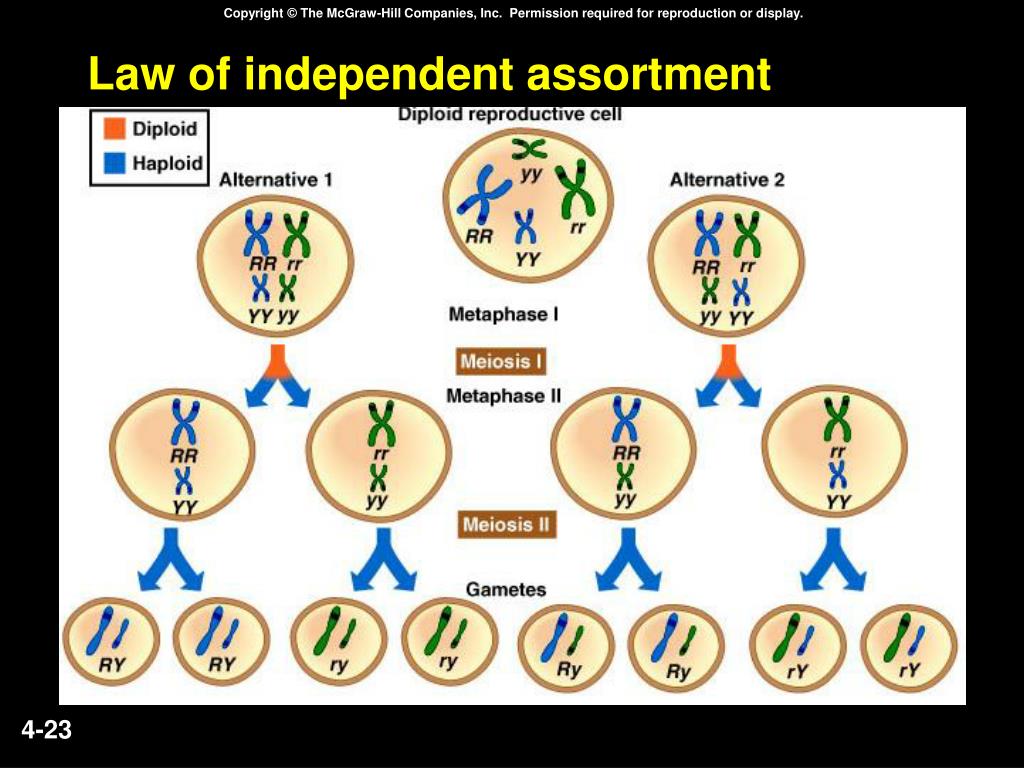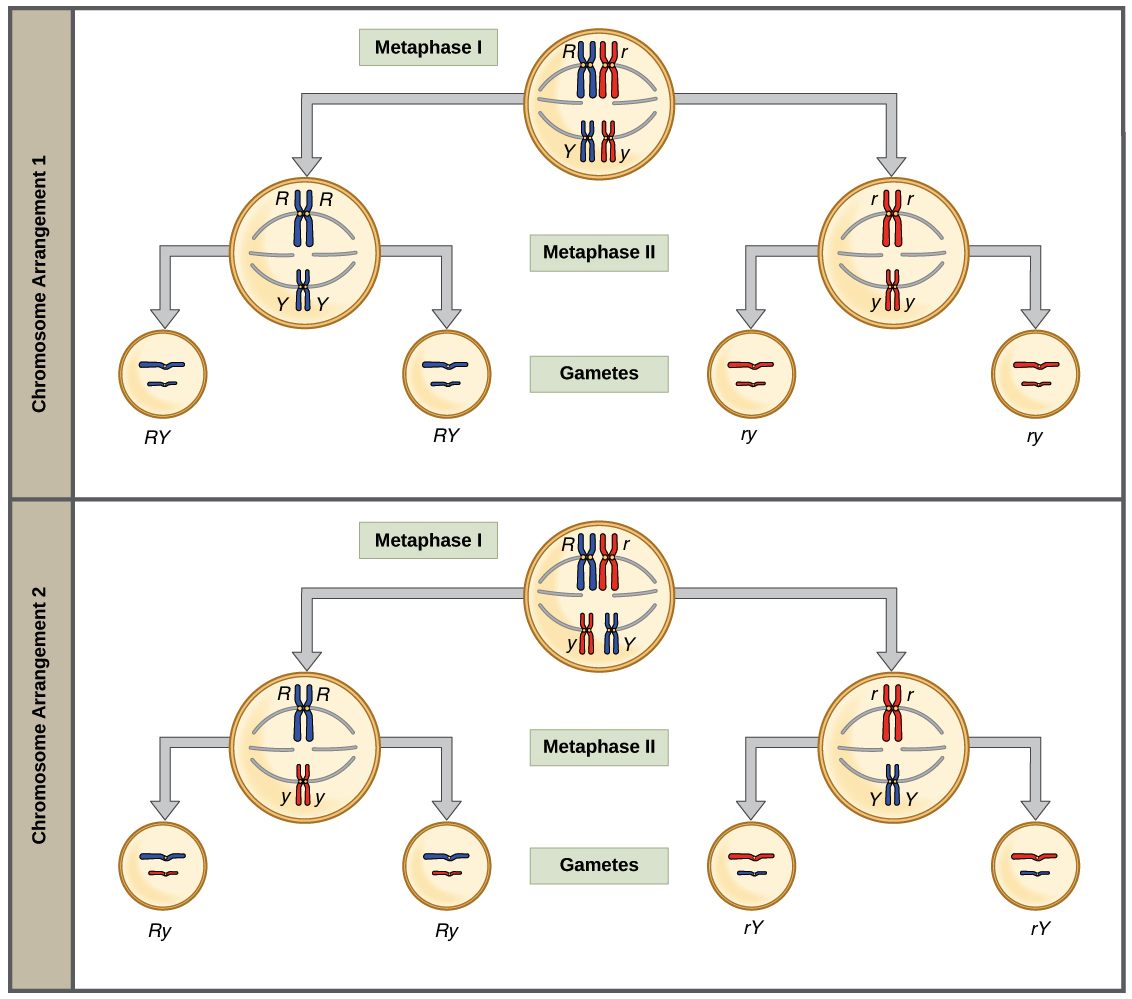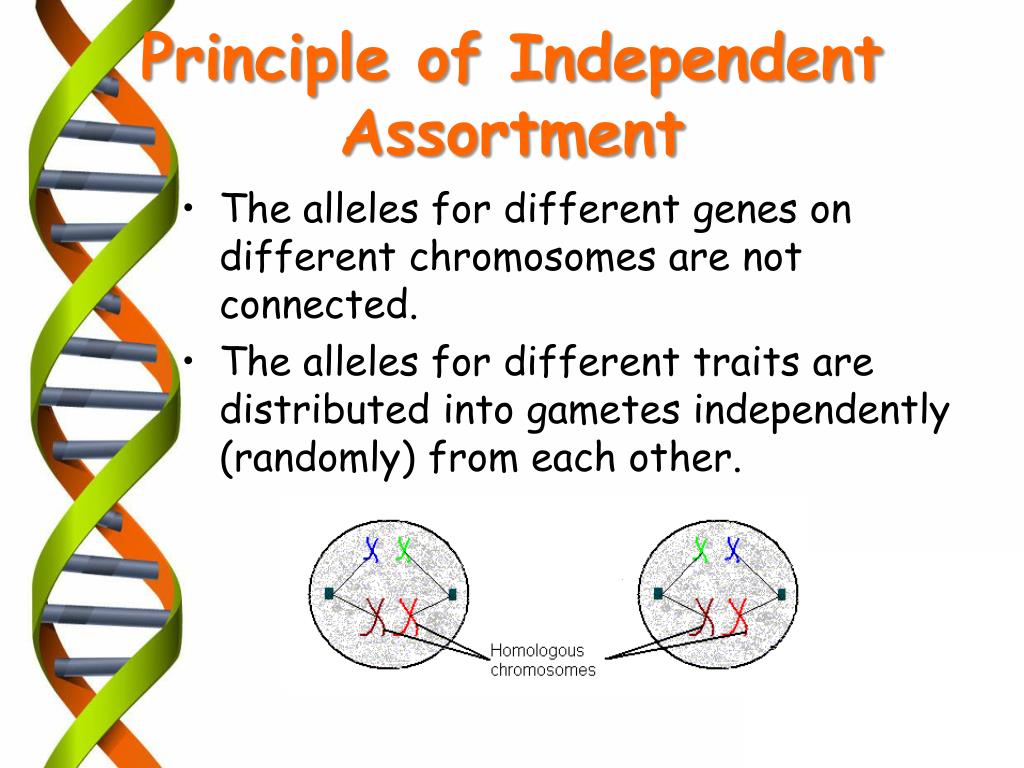

Mendel counted the number of second-generation (F2) progeny with dominant or recessive traits and found a 3:1 ratio of dominant to recessive traits. When pure-bred parent plants were cross-bred, dominant traits were always seen in the progeny, whereas recessive traits were hidden until the first-generation (F1) hybrid plants were left to self-pollinate. Mendel found that paired pea traits were either dominant or recessive.

Linked genes do not demonstrate a 9:3:3:1 ratio in the F 2 generation of a dihybrid cross.Inheritance involves the passing of discrete units of inheritance, or genes, from parents to offspring. This phenomenon is described as “linkage” on the level of the chromosome. This also means that two genes residing on the same chromosome violate the law of independent assortment, especially when they are very close to one another, as they will nearly always be inherited together. As a result, genes on different chromosomes will sort independently. Scientists now know that Independent Assortment occurs because the chromosomes pair up randomly during meiosis I, along the metaphase plate. Mendel’s Law of Independent Assortment states that genes do not impact one another with regard to sorting into gametes. From this result, Mendel proposed that the inclusion of a green allele in a gamete had no impact on whether that gamete would receive the round or wrinkled allele: each combination was equally likely. However, in the F 2 generation, plants had combinations of traits that occurred in a predictable ratio: for every 16 plants, 9 were yellow and round, 3 were yellow and wrinkled, 3 were green and round, and 1 was green and wrinkled. In the F 1 generation, he found that all the plants exhibited both dominant traits (yellow and round YyRr). Let’s think of two homozygous plants, one with round yellow peas (genotype YYRR) and one with wrinkled green peas ( yyrr). While Mendel’s Law of Segregation states that the two alleles for one gene are separated into different gametes, a different question of how different genes are inherited remains. For example, is the gene for tall plants inherited with the gene for green peas? Mendel asked this question by experimenting with a dihybrid cross a cross in which both parents are homozygous for two distinct traits resulting in an F 1 generation that are heterozygous for both traits. Tall with purple flowers, tall with white flowers, short with purple flowers or short with white flowers. The nine, three, three, one phenotypic ratio indicates that each dihybrid parent is equally likely to pass on all possible combinations of dominant and recessive alleles. These observations provided the basis for Mendel's Law of Independent Assortment which states that the alleles for different genes are segregated into gametes independently of one another. The ratio of dominant to recessive phenotypes for each trait separately is still three to one in the F2 generation.Īll four combinations of phenotypes could only occur if the dominant and recessive alleles for height were not linked to the dominant and recessive alleles for flower color. When Mendel crossed the dihybrid F1 pea plants he found that for every 16 F2 offspring, about nine had both of the dominant phenotypes, three had one dominant and one recessive genotype, three more had the reverse pairing of recessive and dominant phenotypes and one had both recessive phenotypes.

If the alleles for the two traits being examined in a dihybrid cross were inherited from the parental generation as a unit, when the F1 generation reproduced, the F2 offspring would always display either both dominance or both recessive phenotypes, never a combination of the two. Mendel's next experiment used dihybrid crosses of pea plants that differed by two traits, for example, height and flower color, to examine whether the inheritance of one trait would influence the inheritance of another.

Each organism has two copies of each gene, called alleles, one inherited from each parent. Gregor Mendel's first experiments determined that there are units, genes, that are responsible for passing on traits from parent to offspring.


 0 kommentar(er)
0 kommentar(er)
